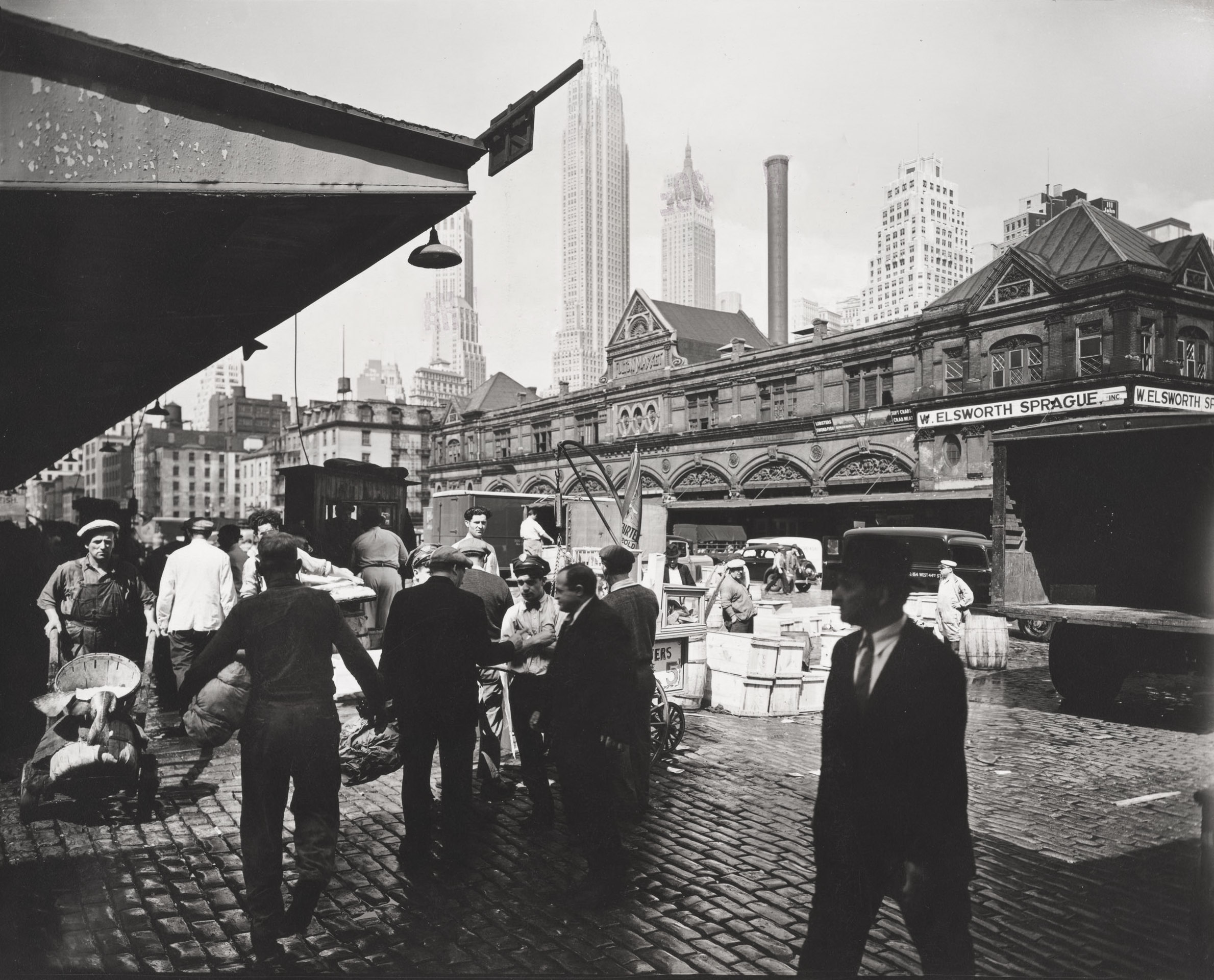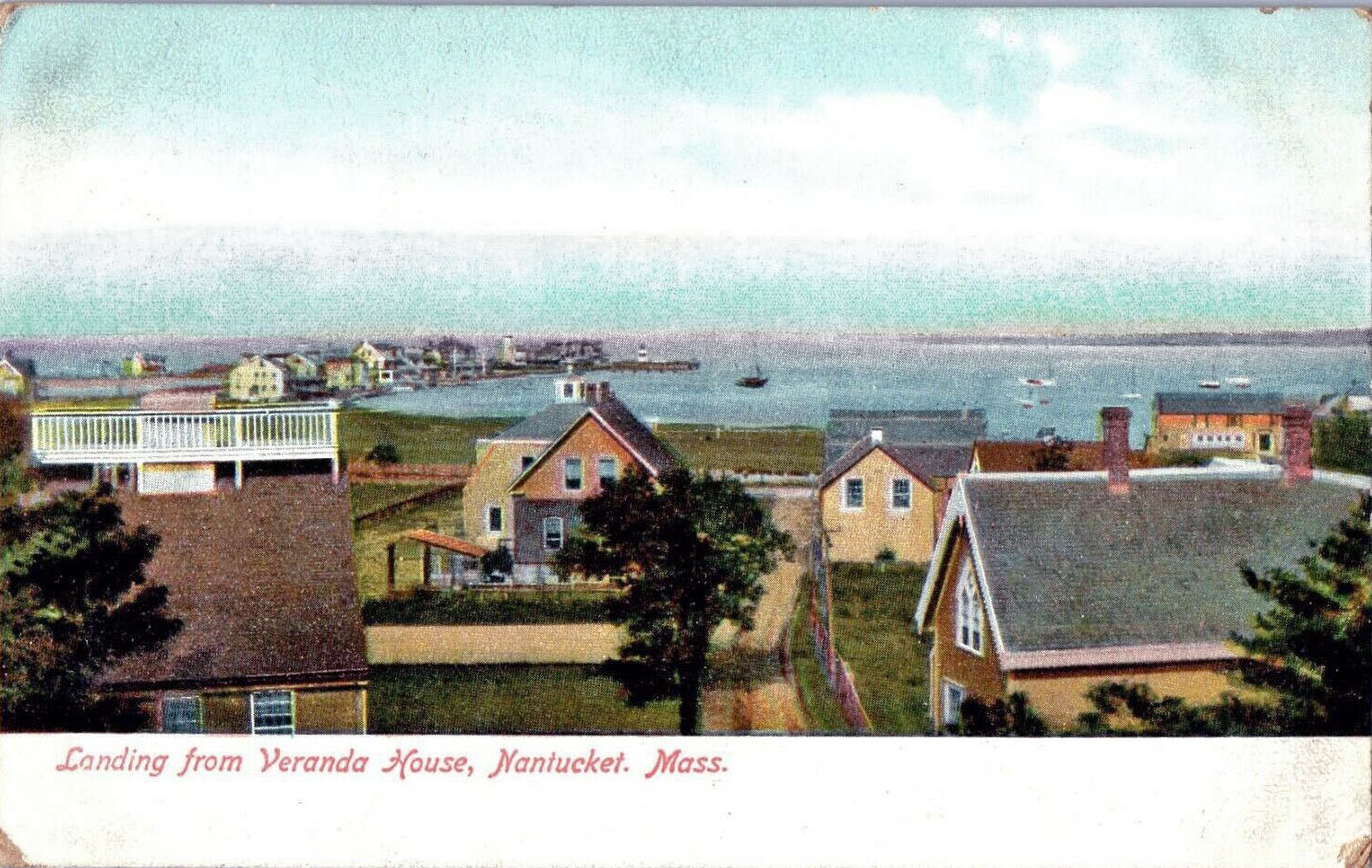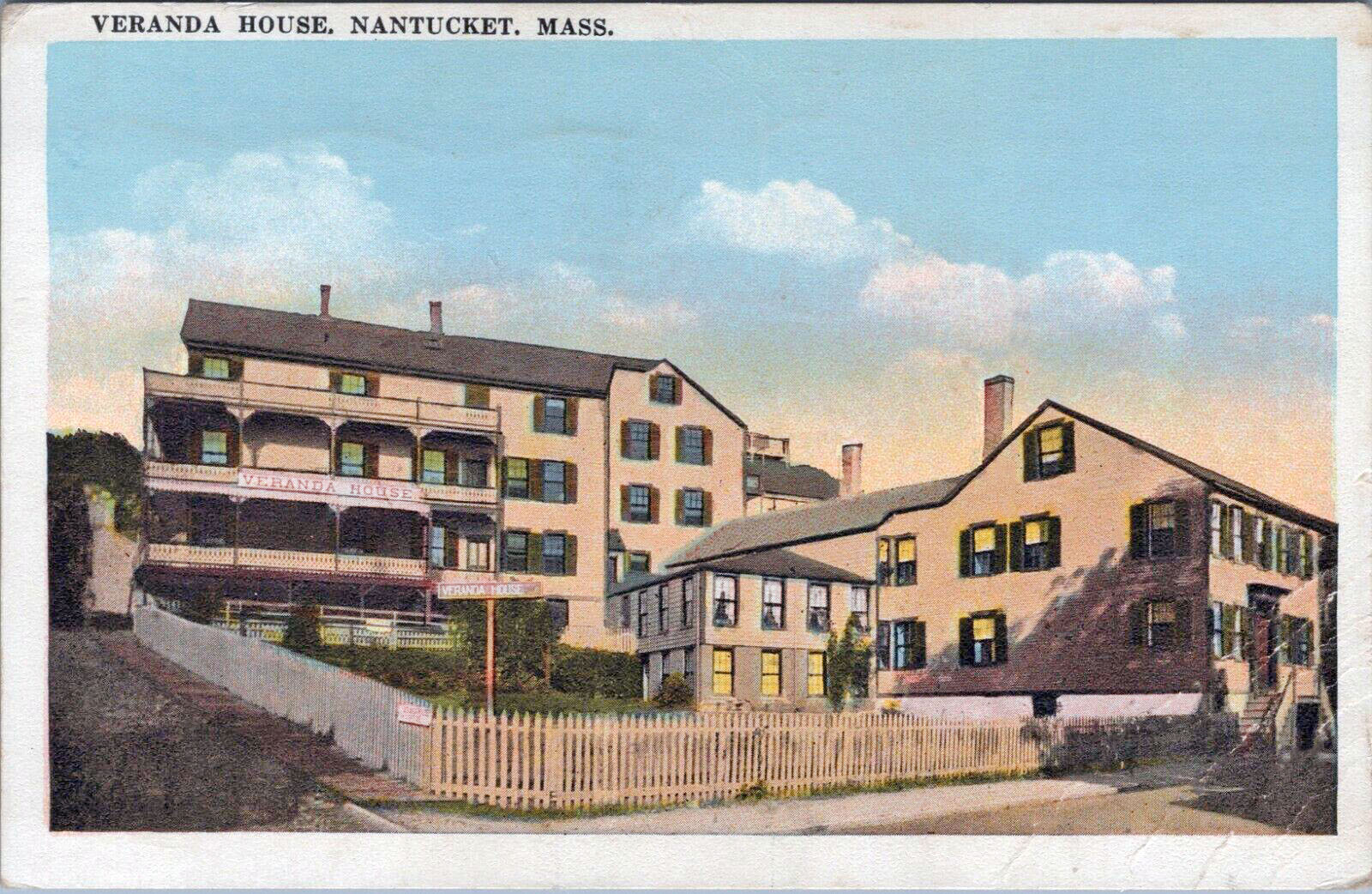Notes on H.P. Lovecraft’s Selected Letters, Volume 4.
The time is the early 1930s.
* As a child, circa 1896-7… “I made my mother take me to all the Oriental curio shops” in Providence. (Page 8).
* “I read French’s [supernatural anthology] Ghosts, Grim & Gentle, & have twice seen the anthologist. He is an old man – must be high in the 70’s – but very vigorous mentally.” The initial meeting was at ‘Uncle’ Eddy’s book shop, and presumably there was also one other meeting there by early 1932. Which suggests that Joseph Lewis French was a Providence resident rather than a visitor. (Page 15).
* “Cram’s ‘Dead Valley’ is great stuff, & makes me wish desperately I could get hold of his other weird stuff. Whitehead knows Cram personally”. This is Ralph Adams Cram, and the story is in his collection Black Spirits & White (1895). Evidently unavailable in the early 1930s even as a loan from Cook or some other weird collector. (Page 15).
* “I’m now helping Whitehead prepare a new ending and background for a story Bates has rejected. … I am having the bruise excite cells of hereditary memory causing the man to hear the destruction and sinking of fabulous Mu 20,000 years ago!” Whitehead’s “Bothon” (1947) carries the storyline in question, but has no trace of incorporation of Lovecraft’s actual language rather than his re-plotting. (Page 37).
* H.P. Lovecraft as a party gatecrasher while visiting New Orleans… at “the celebrated ‘Patio of the Palm’ at 612 Rue Royale, where a titanic Brazilian date-palm springs from the soil of a small court and spreads a strange glamourous green twilight over the whole expanse of flagstones, fountain, and prodigious water-jars. I hung around this place like a thief planning a large-scale cleanup [i.e. burglary], but was finally rewarded when a large party – evidently friends of the inhabitants – called and strolled about the patio and arcade with the gate open!” The implication, discreetly left unstated, is that Lovecraft swiftly tailed them through the gates. This was the Rue Royale, in the French quarter of New Orleans. It’s since been renamed as the less exotic “Royal Street”. No. 612 suffered severe hurricane damage in 1965, which sounds like it would have taken out any large palms. There appears to be no photos of the former garden, only the exterior. No. 612 is now the art gallery ‘Le Jardin’. (Page 46).
* “Stories often result from the oddest & most seemingly irrelevant ideas & glimpses. I am most often moved to composition by vague landscape, atmospheric, & architectural effects – either first-hand or in pictures – though stories, newspaper cuttings, dreams, & all sorts of other things have lain behind many of my efforts”. (Page 84). Harried academics often want a quick fix and hare off to suggest some ‘big name from the canon’ as an influence on the author. But, as Lovecraft says, that’s often not how it works.
* Lovecraft mentions a large public book sale, which might be thought to be the remainder of the stock of Uncle Eddy’s book shop. In October 1932… “Other recent purchases of mine (at an alluring remainder sale) are…”. (Page 90). However, Eddy did not die until April 1933, so that sale can’t be of his stock.
* R.E. “Howard is so used to violence [in Cross Plains] that he can hardly believe it when I tell him that there are no fights on the public streets of the East except in slums & gang-ridden areas.” (Page 125).
* “Some years ago Long and I attempted to explore the Fulton Fish Market section of New York [Brooklyn’s Fulton Street continues across the river] which is full of quaint scenes and buildings. Ordinarily I have about 50 times the vigour and endurance of young Belknap – but for once he had grandpa at a disadvantage! I don’t know where I left the lunch I had eaten an hour previously – for I was too dizzy to read the street signs! In the end I managed to stagger out of the stench without actually losing consciousness.” (Page 139).
* 1933. “Heard a fine lecture on Spinoza – whose contributions to philosophy I appreciate more & more as I get older – at Brown just before the cold spell. It was delivered under the auspices of the newly founded R.I. Philosophical Society – a thing I may join if I find membership worth the annual dollar. … I shall attend later lectures in the course – all dealing with aspects of philosophy”. (Page 140). Wikipedia has the Society as being founded in 1950. Obviously it was actually founded circa 1933, and then perhaps re-founded in 1950 after the war.
* “I liked [the story] ‘The Green Wildebeest’, & have it noted down for mention in any future edition of my [“Supernatural Literature”] article”. (Page 144) This was the opening tale of John Buchan’s collection of club stories The Runagates Club (1928). Buchan’s hero Richard Hannay recounts a mystical tale from his years on the South African frontier.
* Lovecraft finds the movie version of Strange Interlude (1932, seen New Year 1933 with the Longs) to be “excellent”. It’s a cut-down of a four-hour play by Eugene O’Neill, apparently a high-pitched drama about family paternity secrets and a neurotic woman. I can’t see any likely influence on “The Thing on the Doorstep”, written August 1933. One of the characters is somewhat of a Lovecraft-alike, at least visually…
* From September 1932 Lovecraft, seeking to economise even further as the Great Depression gripped, started to use the cheap Carter’s Kongo Black ink. It only cost a “dime-per-2 oz.-bottle”. (Page 147).
* [as a youth] “I loved firearms & could scarcely count the endless succession of guns & pistols I’ve owned. I wish even now that I hadn’t given away my last Remington [rifle].” (Page 158).
* “Half the stories I wrote during that research period (when I was 14, 15, and 16) had to do with strange survivals of Roman civilisation in Africa, Asia, the Antarctic, the Amazon Valley, and even pre-Columbian North America.” (Page 336).
* He gives a hint about what his early destroyed stories might have been like, re: “a youthful mystery of my own … involving the name of Afrasiab. You doubtless recall the closing passage of Poe’s [story] “Premature Burial” … ‘but, like the Demons in whose company Afrasiab made his voyage down the Oxus, they must sleep, or they will devour us – they must be suffered to slumber, or we perish.’ … I wove all sorts of hideously fanciful images about that voyage, and made obscure references to it in many of my juvenile tales. … Only after years did I find out somehow that Afrasiab came from [Hakim] Firdousi’s great Persian epic [the Shah-Namah, which he cannot obtain and so] … I am still ignorant of Afrasiab’s frightful adventure with the daemons.”
Poe scholars cannot find this reference in the Shah-Namah, at least in English, and nor can I. Afrasiab is also to be found in Lovecraft’s story “The Nameless City”… “In the darkness there flashed before my mind fragments of my cherished treasury of demoniac lore … I repeated queer extracts, and muttered of Afrasiab and the demons that floated with him down the Oxus”. Also perhaps relevant is the reference to “Turanian-Asiatic magic” magic in “The Horror at Red Hook”, because Afrasiab was a semi-mythical Turianian king and also a deathless and magic-powered ‘super-villain’ of regional folklore. The sands anciently swamped the cities on the west of the river Oxus and — as Afrasiab was also considered a regional ‘drought-bringing demon’ — I guess the idea of his voyaging the Oxus might perhaps be connected with the natural historic drying of this liminal border landscape?
* “my absence of training in economics and sociology is really a deplorable handicap to me in my efforts to understand the trend of these tense times, when so much of the motivation of nations, as well as their internal problems, depends almost wholly on complex economic consideration.” (Page 169). “I myself, for example, am so ignorant of economics, engineering, finance, and other basic governmental essentials, that no really enlightened nation ought to allow me to vote or hold office.” (Page 224).
* “my old principal is in an insane asylum. The one where my young friend Brobst is now a nurse.” (Page 173) “My only exploration of a madhouse was last year”, that year being 1932, with Brobst at his institution. (Page 191). Lovecraft doesn’t say if he encountered his former headmaster on this visit.
* Lovecraft uses his old telescope (last seen being carefully cleaned in Vol. 3) in the summer of 1933… “Had my telescope out last night – pretty fair sky-vista here. Mars and Jupiter were so close together that I could get them into the same telescopic field with a 150-diameter eyepiece.” (Page 203).
* In the secluded St. John’s churchyard in Providence, Lovecraft would have shown visitors… “the impressive altar tomb [of the astronomer] John Merritt, the London merchant who came to Providence in 1750 & had the first coach, first astronomical telescope, & first globes in town.” (Page 276).
* His beloved Prospect Terrace was… “on my direct route downtown from 10 Barnes St.” (Page 273).
* Lovecraft concedes that religion does at least, behind the veneer of “fictitious heavenly authority”… “embody a vast amount of really useful precept – the massed experience of mankind worked out by trial & error” (Page 278). Yet “It would have been far better if we had kept our classical conception of ethics as a matter of beauty, good sense, & taste … for its survival would not then have been so imperilled by the decline of [the Christian] religion.” (Page 279).
* In the opening weeks of 1934 he reads Weigall’s Wanderings in Roman Britain (1926) and this overturns his previous conceptions of the likely ‘root historicity’ of the mythical King Arthur. Arthur is now deemed by Lovecraft no longer a Welsh “Cymric-speaking tribal chieftain”, but rather ‘the last of the Romans’ alive in the British Isles after the withdrawal of the Legions. (Page 292 onward). This is interesting in terms of its suggesting that Lovecraft had not seen book reviews of Weigall’s reputable book, which went through four editions. Nor it appears had he even heard of the idea being put forward, which might indicate that in the years 1926-1934 he was not really following British archaeology or Dark Ages history. This seem curious for one who had by then been corresponding with R.E. Howard on such topics for three years. Incidentally, note that a recent book on the main root possibility for a ‘Roman King Arthur’, i.e. deriving from a “Celtic-Roman Artorius”, fairly conclusively undermines the evidence for the idea.
* In 1933 he is still using his… “#2 Brownie which I bought 26 years ago – in far-off 1907. A sturdy two dollars’ worth!”. His early Box Brownie was one of the first mass-market ‘snapshot’ cameras.
* “I have for years been thinking of basing a tale on the celebrated Oracle of Trophonius – that yawning cave whose nighted revelations were such that none who had received them ever smiled again.” (Page 325).
* A dream indicates the possible date when Lovecraft discovered that he could see from his room the lads in the neighbouring frat house. This is evidenced in “The Haunter of the Dark” (“Students in the Psi Delta house, whose upper rear windows looked into Blake’s study…”). Lovecraft had moved into No. 66 College St. in May, and thus only in November would the leaves be off the trees to reveal previously concealed neighbouring windows — and views into them in the early evening before curtains were pulled. A November 1933 letter appears to offer confirmation of this view, and the strong impact of its revealing on Lovecraft… “Last week I had a very vivid dream of forming the acquaintance of a group of quiet, well-bred, and apparently wholesome young men, all of whom lived in quasi-bohemian apartments in ancient houses along a hill street in Providence which I had never before discovered”. (Page 235). Later used for the late and rather ponderous Derleth story “The Dark Brotherhood”.
* January 1934… “H.C. Koenig has for some time been lending me books on witchcraft from his remarkably extensive library.” (Page 347) Early in Vol 5. he remarks that he is continuing to get regular batches of such books from Koenig.
* Lovecraft appears to have first met his New York friend la Touche in 1924 and through Henneberger… “I met him in Henneberger’s suite at the Hotel Empire in N.Y. … the old-time wit & columnist La Touche Hancock” (Page 369).
And a little bit from Vol. 5, to go to the end of 1934:
* “No real civilisation wishes to change anyone’s opinion, except through rational arguments designed to make the holders of error see the error of what they have been holding.” (Vol. 5, page 13).
* For his long stay in Nantucket he roomed at the “Overlook”. (Vol. 5, page 25). This is now the ‘Veranda House’ at 3 Step Lane, Nantucket. It was known as the ‘Overlook’ from 1930-45. Named for its… “three spacious verandas on each of the three sides of the house, where patrons may enjoy the benefit of the sea breezes”.
The view.
The hotel. This was the cheapest he could find.
* He finishes 1934 with his aunt’s powerful radio set, as they listen by the Christmas tree to the hour-long British Empire Christmas broadcast of… “Etheric [short-wave radio] conversations between London & the uttermost reaches of our Dominions – Australia, Tasmania, Canada, India, South Africa, & so on – with other area sages from Scotland, Ireland, Liverpool, & a country place in the Cotswolds… & finally an address by the King. I don’t know when I’ve ever had a greater imaginative stimulus.” (Vol. 5, page 84). Live, the hour was an intricately coordinated triumph of radio engineering and clear evidence of the new medium’s global reach. The British Empire then still ruled a quarter of the world’s people, so Lovecraft’s fond cry of “God Save the King!” was no archaism.
Still from the excellent movie “The King’s Speech”.








I happen to be acquainted with a scholar who is an expert on Ferdowsi’s “Shahnameh,” the epic poem of Iran. I showed him the item on Poe/HPL, and he pointed me to this:
https://www.iranicaonline.org/articles/afrasiab-turanian-king
Thanks. yes, I saw that. It still doesn’t answer the puzzle of ‘the sleeping demons on the Oxus’. The work in question is apparently vast and possibly it’s in some untranslated part, which only some early-Victorian Orientalist ever read in the original.